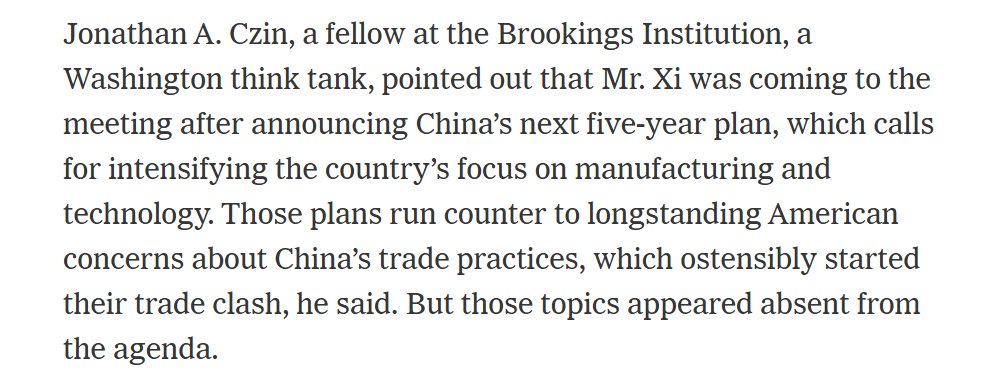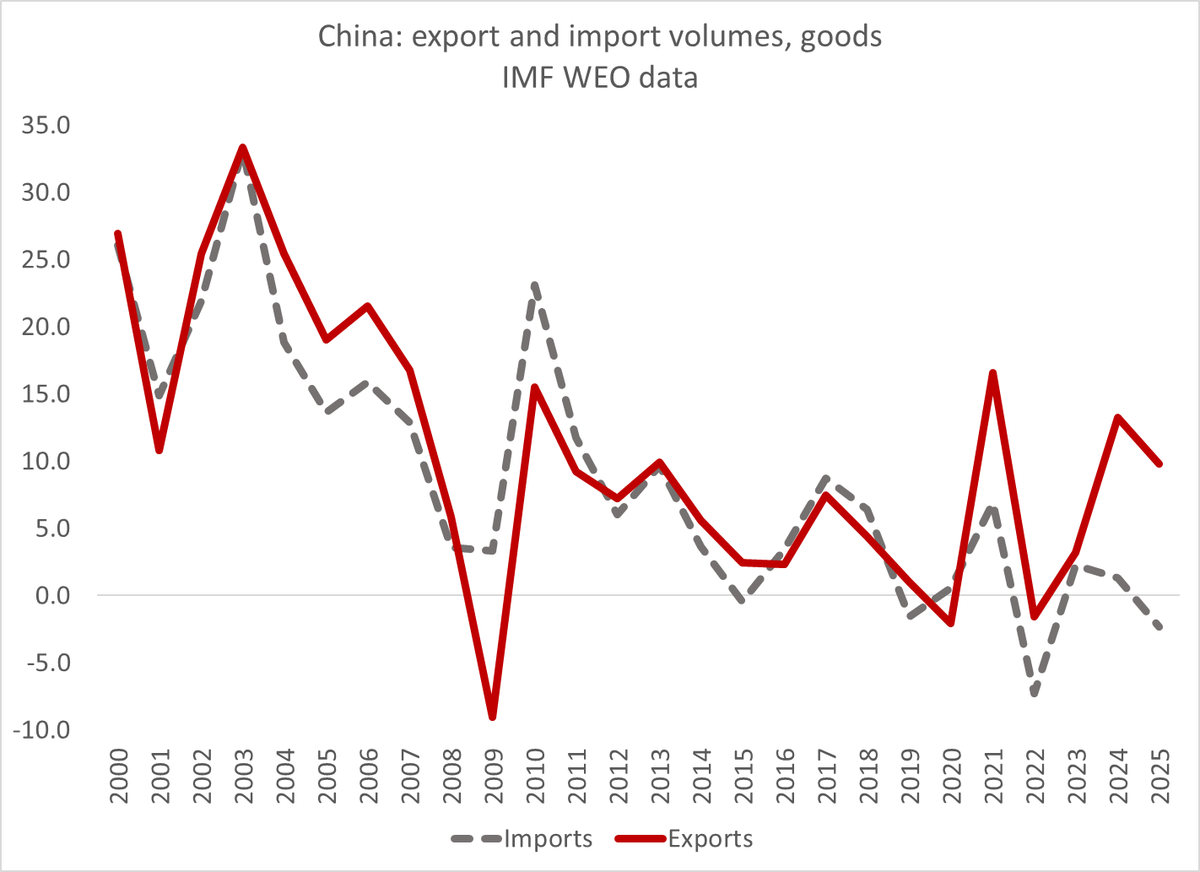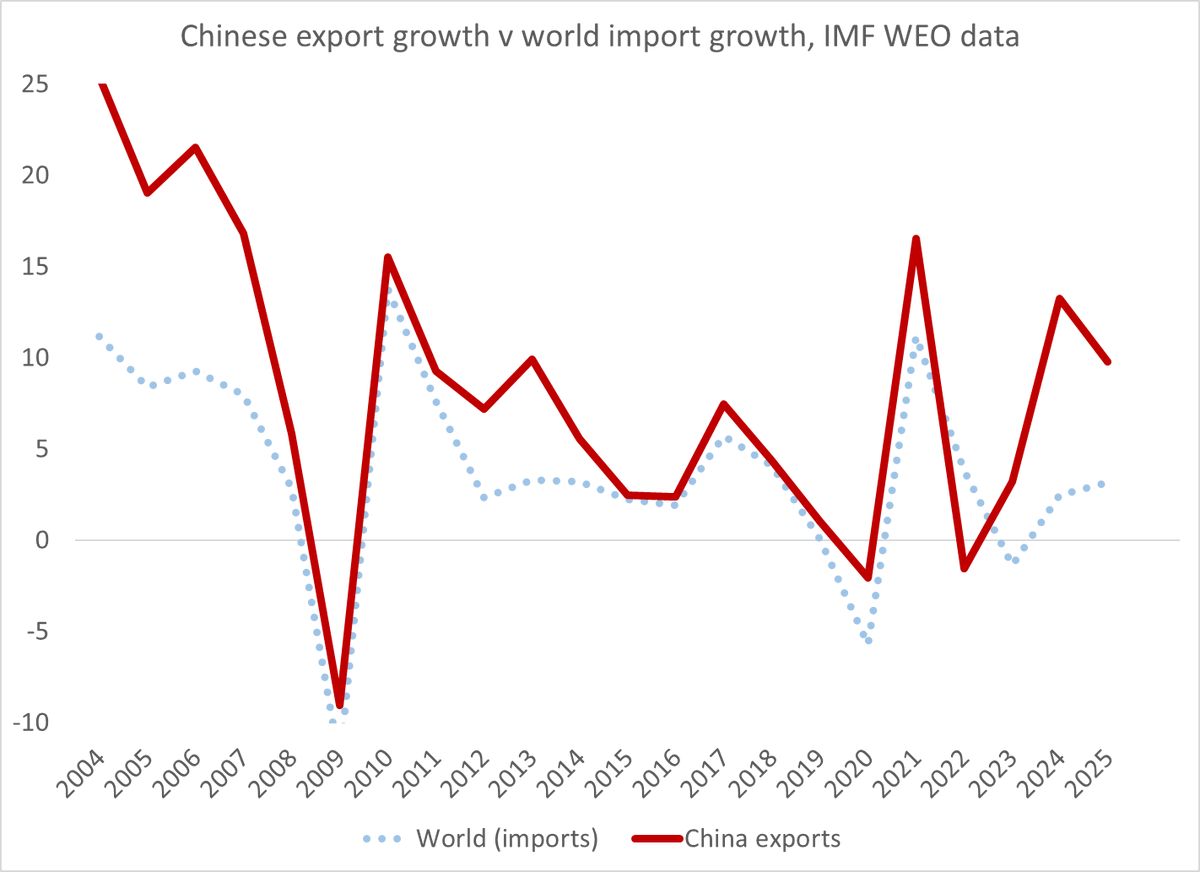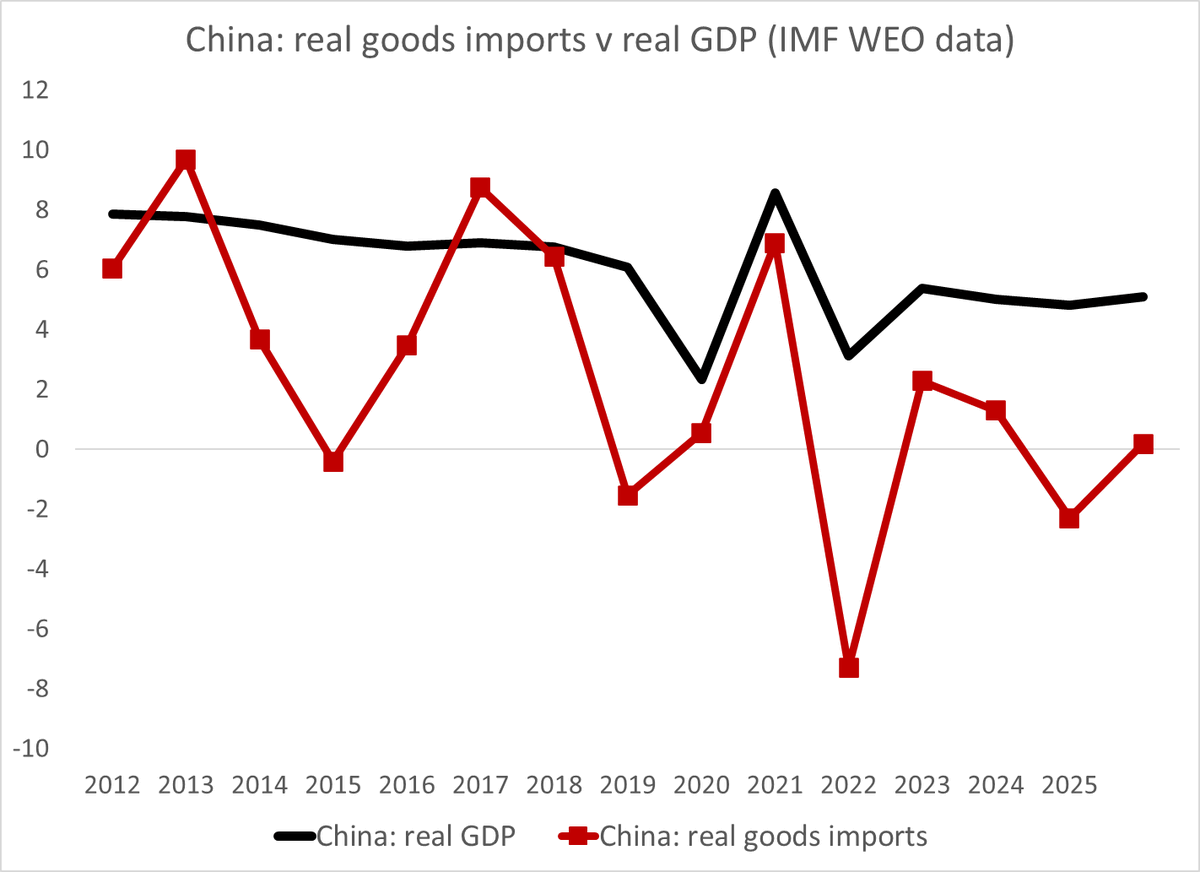There needs to be a better consensus number for the tariff on China. The effective tariff rate (Tariff paid/ imports) was 37-38% in July and August. It should fall to under 30% with the recent deal.
1/
1/
https://twitter.com/JChengWSJ/status/1984083492523929881
As @EtraAlex notes, that is still higher than the effective tariff rate on most other countries (India is a bit of an outlier, but there should be a deal) -- the electronics exclusion lowers the effective tariff on SE Asia ...
2/
2/

There of course is a lot of sectoral variability in the tariffs -- all sorts of 232s that knock out the reciprocal tariffs, and in some cases (electronics/ chips & pharma) that has really lowered the actual applied tariff (same for the USMCA exclusion)
3/
3/
But it is should be obvious that a 57% tariff for China is a bit too high. Set aside the MFN rate (generally low) and some tariff spikes with no impact (100% on EVs, but the US isn't importing any EVs ... ) and the tariffs on China are from the 301 & term 2 --
4/
4/
The term 2 base rate was 20% for fentanyl (paid even on 232 sectors like electronics) and 10% reciprocal, so 30% before the deal -- and now 20% (with a 10% rate from the remaining fentanyl tariff on electronics)
4/
4/
The 18-19 301 rates were 25%, 7.5% and 0%. At the time the 25% applied to roughly $250b in trade, the 7.5% to $110-120b in trade and the 0% rate applied to ~ $150b (iphones and laptops, but not desktops) ...
4/
4/
But the 25% tariff reduced trade in those products a lot -- by roughly 50%, so $250 became $125b or so (and now less with the extra term 2 tariffs) ... so the average pre term 2 applied tariff rate was around 10%
6/
6/
And there is additional complexity (the tariff on de minimis goods for example, and some ADD/ CVDs and the like) + for some applications it helps to think of the impact of the tariffs relative to the pre-tariff baseline
7/
7/
But for most goods the new tariff rates after the latest summit will be 45% (20% new plus 25% on the 301), 27.5% (20% + 7.5%), or 20% (with some electronics at 10% ...) so while average tariff may be close to 30% a meaningful subset of goods will enter at a 45% rate, and a big chuck at 20% or lower ...
8/
8/
And while the average tariff on SE Asia will be below 20% b/c of the chips/ electronics exclusion from the reciprocals -- a large chunk of SE Asia's exports to the US now face a 20% tariff (relative to 20% or 27.5% on China setting aside the MFN rate)
10/
10/
so for some but not all goods, the tariff on China and SE Asia is more or less the same, and for another subset of goods the difference is 7.5% (list 4a) or 10% (electronics)
11/
11/
And if you think this is all a bit too complicated and should be simplified all I can say is that I think you are right ...
12/12
12/12
• • •
Missing some Tweet in this thread? You can try to
force a refresh















